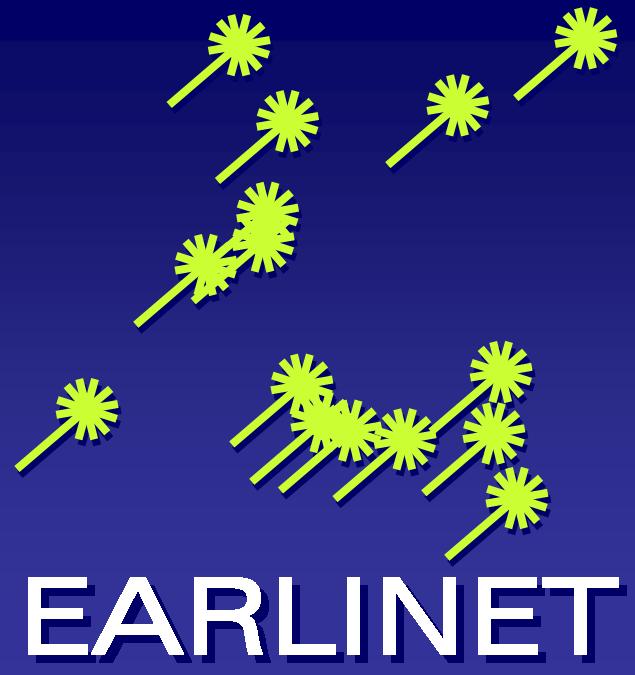docs/tutorial/adding_channels.rst@c6855e46c311
docs/tutorial/adding_channels.rst
Mon, 06 Feb 2017 14:02:20 +0200
- author
- Iannis <ulalume3@yahoo.com>
- date
- Mon, 06 Feb 2017 14:02:20 +0200
- changeset 99
- c6855e46c311
- parent 57
- 2c95a0843b64
- permissions
- -rw-r--r--
Move format related files to new dir.
Adding a channel ================ After adding a system, a telescope and a laser to the database, you need to add a new channel. To do this, click on the **HOI channels** in the *System settings* panel. This will take you to a page with a list of all available channels that are connected with your lidar systems. This list should be empty if this is the first time you add a system. To add a new channel to the database click on **Add HOI channel** at the top right of the screen. This will take you to a new page were you can fill in the needed information. As before, the fields in **bold** are mandatory and you will need to fill them before you can save you new system. The fields you have to fill here are more, as many of these are used during the processing of measurements. .. warning:: There is a last step, different from the previous cases, when saving a new channel. You need to connect your channel with a lidar system before you save, or else all your entry will be lost. Read carefully through this document (or directly the :ref:`last section <connect-channel-to-system>`) to avoid any problems. Fill in the fields ------------------ To start using the single calculus chain you will need to fill the following fields: Name The name of the channel ex. "355", "1064 analog" etc. Telescope The telescope that is used for this channel Laser The laser that is used for this channel Interference filter center The center of the interference filter in nm Interference filter FWHM The FWHM of the interference filter in nm Emission wavelength The emission wavelength of the laser used for this channel Field of view The field of view related to this channel in mrad Raw range resolution The raw range resolution of the measured data in m Dead time The dead of the detector in ns. You should fill in this in case of a photon counting detector. Trigger delay The trigger delay value for the channel in ns. Fill in 0 if not needed. Scattering mechanism The scattering mechanism that is involved in this channel. Select the appropriate value from the drop-down list. Dead time correction type The dead time correction type to be applied. Select *Not defined* if none needs to be defined. Background mode The way to calculate the signal background. Select *Not defined* if none needs to be defined. Signal type The type of the signal that is measured, ex. "elT" for total elastic, "vrRN2" for vibrational-rotational Raman signal from Nitrogen molecules etc. See :ref:`signal-types` for details. Detection mode The detection mode of this channel. .. _connect-channel-to-system: Connecting to a system ---------------------- Before you finish, you need to attach your channel to one of your systems. To do this, go at the bottom of the page and select your system from the drop-down list in the **System channels** area. When you are done, press the **save** button at the bottom right of the page. This will take you back to the list of your channels. If everything went OK your new channel you just added should appear in the list.

